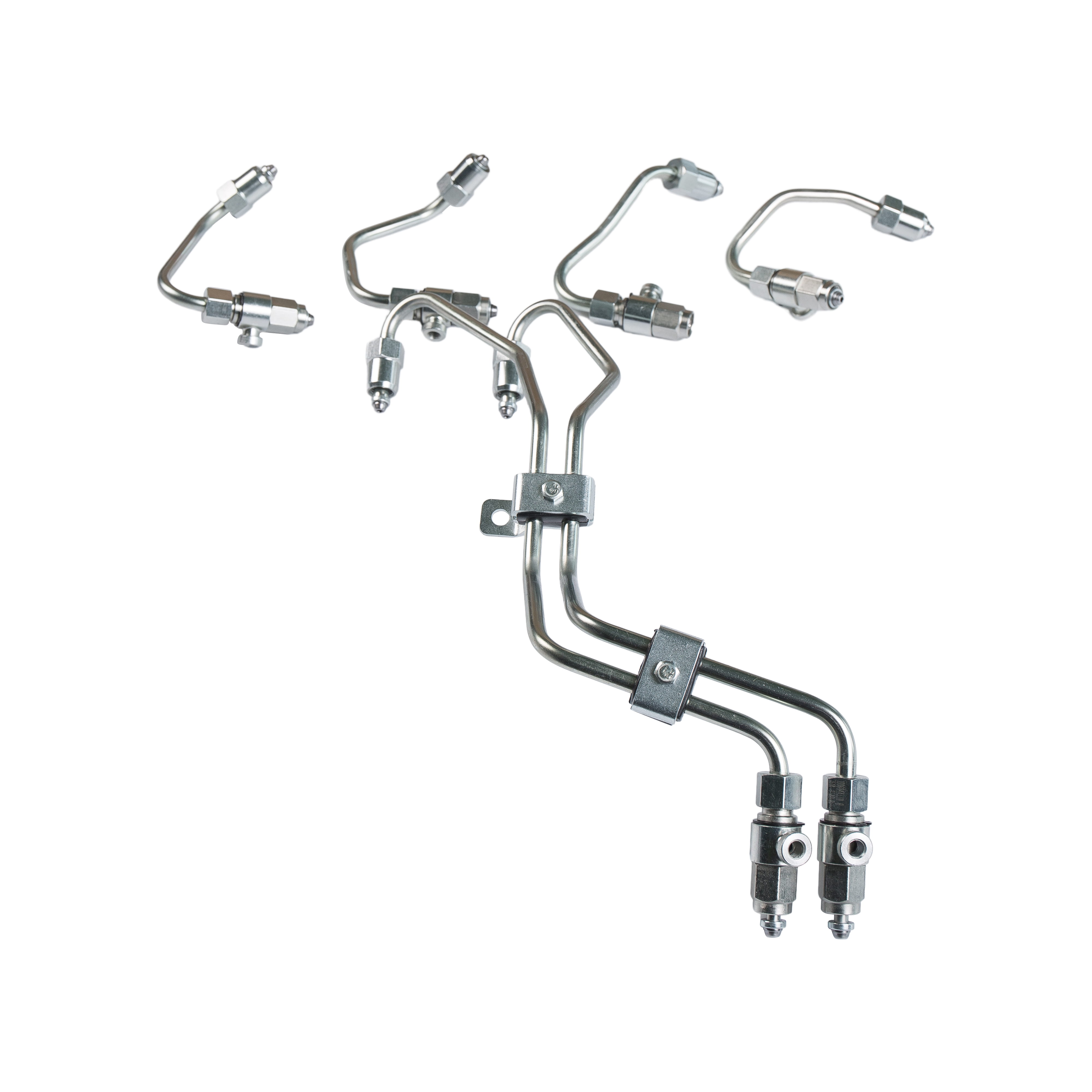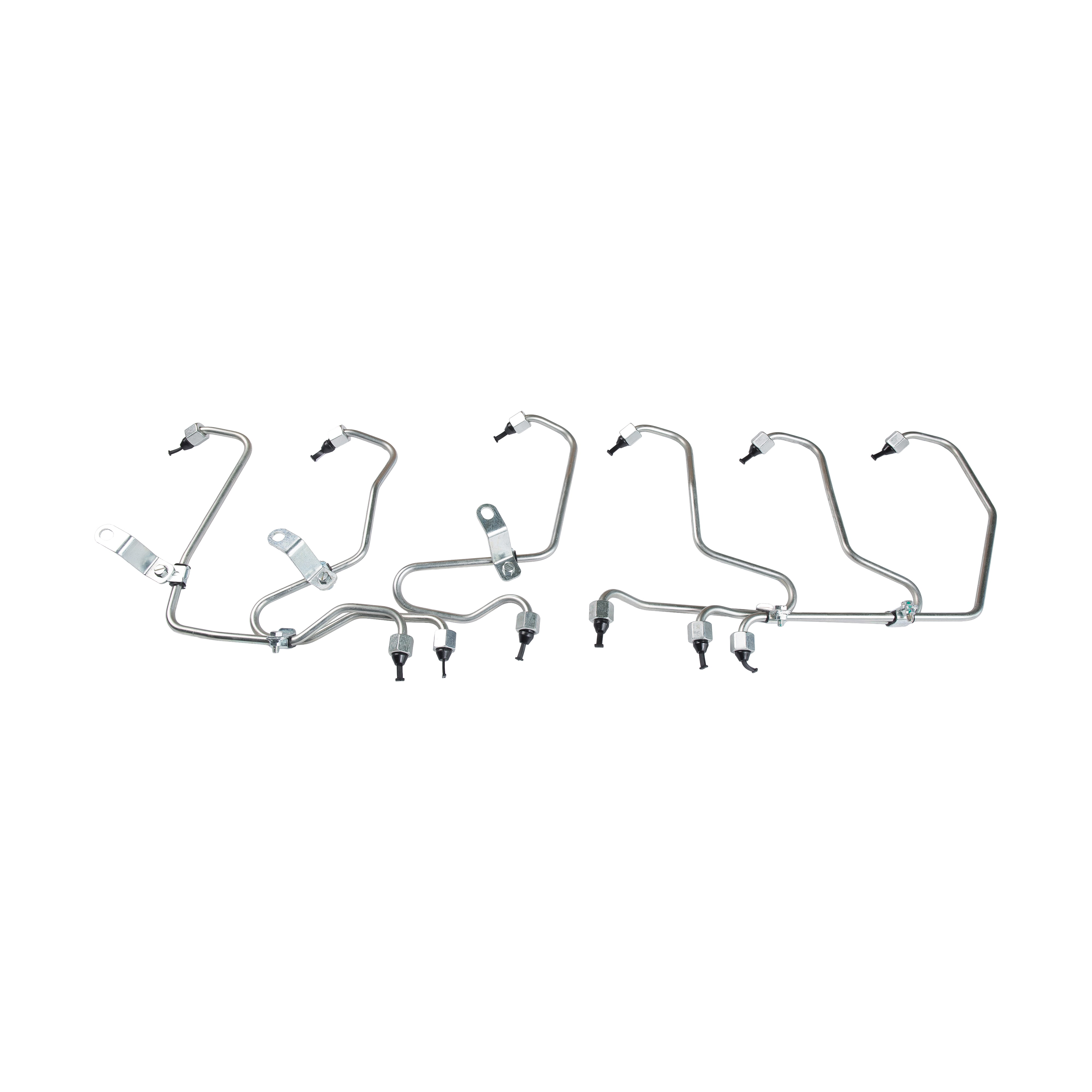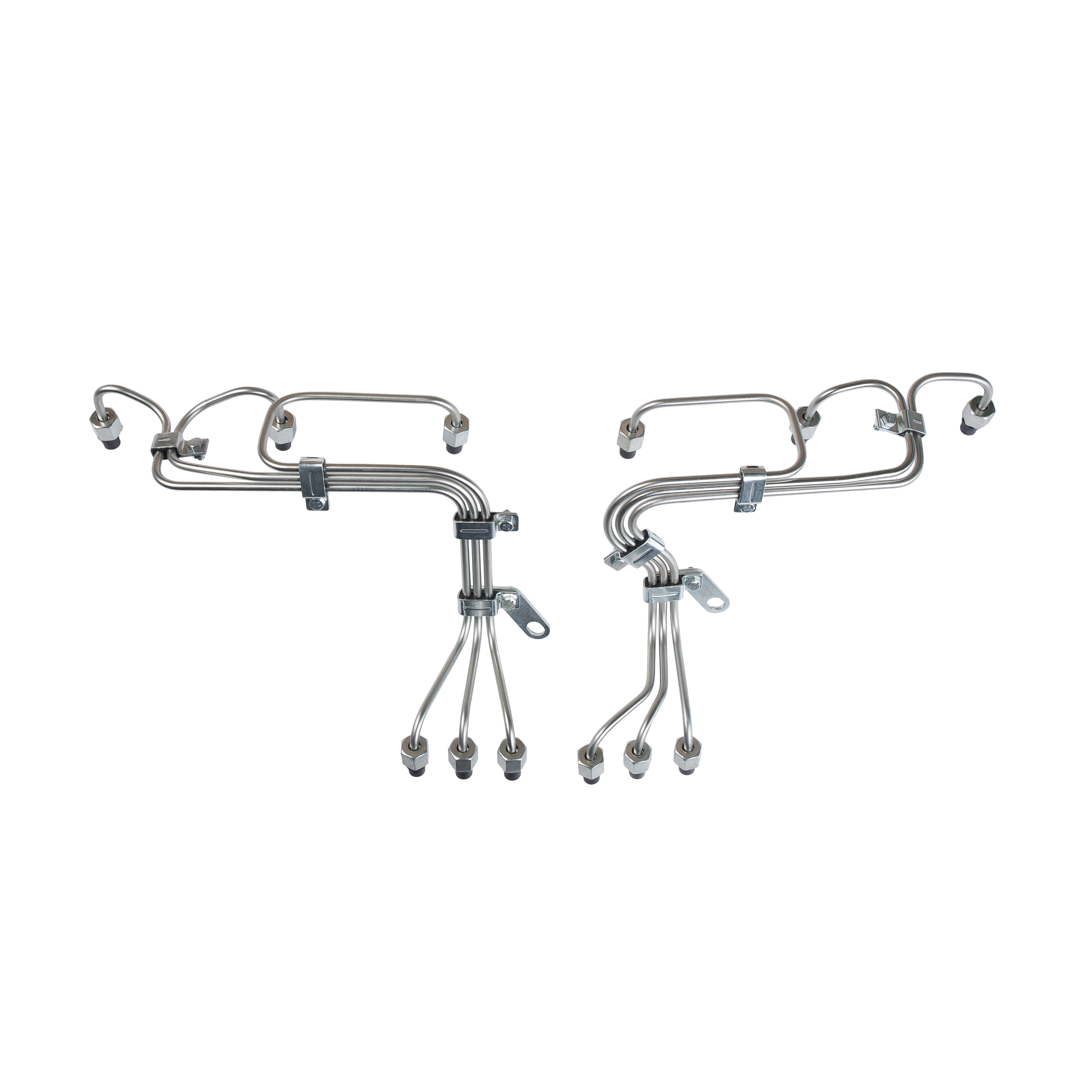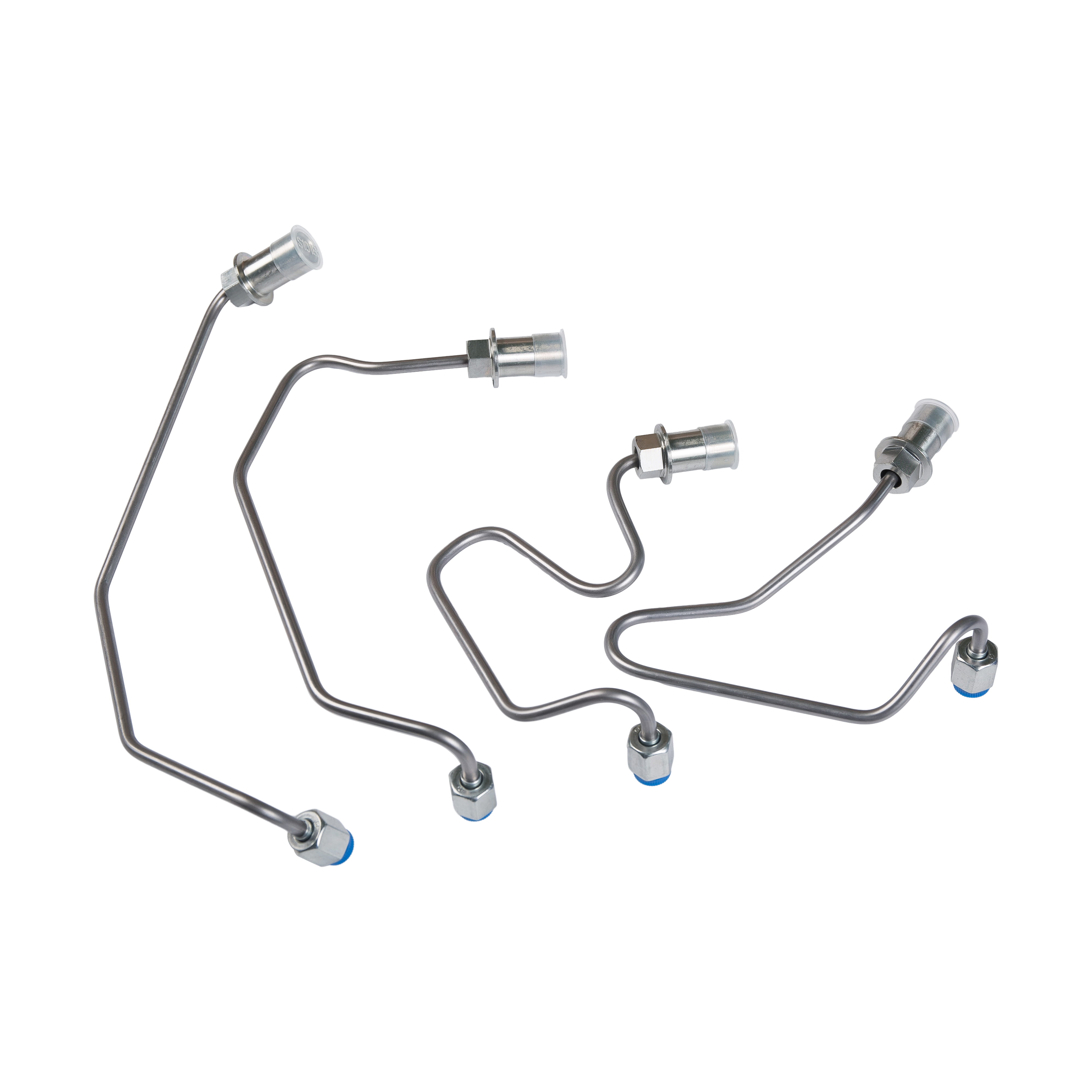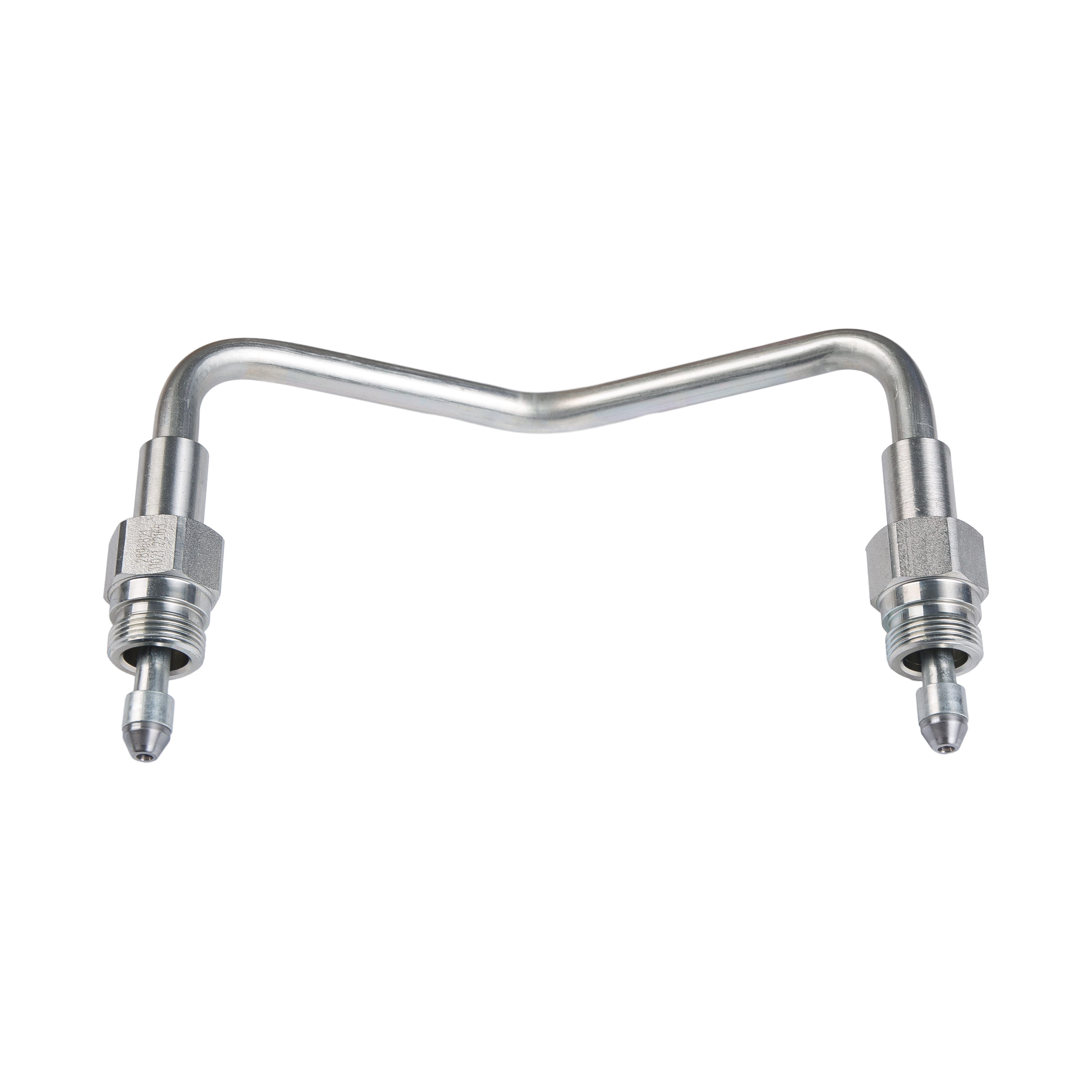Low-pressure oil pipes are essential components in hydraulic systems, automotive machinery, industrial equipment, and lubrication systems. They transport oil or other fluids at relatively low pressures while maintaining structural integrity, flexibility, and performance. One critical factor determining their suitability is temperature resistance, which directly affects the pipe’s durability, safety, and efficiency. Understanding the environments that match the temperature capabilities of low-pressure oil pipes helps engineers, maintenance teams, and designers make informed choices.
1. Understanding Low-Pressure Oil Pipes
Low-pressure oil pipes are typically constructed from rubber, synthetic polymers, reinforced composites, or flexible plastics. These materials are selected for their ability to handle low-pressure fluid flow while resisting temperature extremes, oil compatibility, and mechanical stress. Unlike high-pressure hoses, low-pressure oil pipes are more flexible, lightweight, and easier to install, but their temperature resistance plays a key role in determining their operational environment.
2. Temperature Resistance of Low-Pressure Oil Pipes
Temperature resistance refers to the pipe’s ability to retain mechanical properties, flexibility, and leak-proof performance when exposed to high or low temperatures. The exact temperature range depends on the material composition and reinforcement structure:
-
Standard Rubber Pipes
Standard rubber low-pressure oil pipes typically operate in a temperature range of -40°C to 100°C. They are suitable for general industrial and automotive applications where oil temperatures remain moderate. -
Synthetic Polymer Pipes
Pipes made from materials like EPDM, NBR (nitrile rubber), or silicone can endure broader temperature ranges. For instance, EPDM handles -50°C to 120°C, while silicone variants can tolerate temperatures up to 200°C, making them suitable for high-heat or cold environments. -
Reinforced Pipes
Some low-pressure oil pipes include textile or fiber reinforcement, enhancing their heat resistance and dimensional stability. Reinforced pipes maintain flexibility at elevated temperatures without deforming, softening, or cracking.
3. Suitable Environments for Temperature Resistance
Low-pressure oil pipes are designed for moderate thermal stress environments, including:
-
Automotive Engines and Transmission Systems
In vehicles, low-pressure oil pipes transport lubricating and hydraulic fluids under moderate temperatures. Pipes must withstand engine compartment heat, usually between 80°C and 120°C, and occasional cold starts down to -40°C in winter. -
Industrial Machinery
Hydraulic systems in manufacturing equipment often involve low-pressure fluid transfer with heat generated by friction or nearby machinery. Low-pressure oil pipes in these settings must tolerate temperatures ranging from -30°C to 100°C, maintaining flexibility and leak-free performance. -
Outdoor and Harsh Climates
Low-pressure oil pipes used in outdoor equipment or construction machinery must resist temperature fluctuations. Materials such as EPDM or silicone allow pipes to function reliably in extreme cold or hot climates, from freezing winters to hot summer conditions. -
Lubrication Systems for Mechanical Equipment
In applications like conveyors, compressors, and pumps, low-pressure oil pipes carry lubricants that may reach elevated temperatures during operation. Properly selected temperature-resistant pipes prevent softening, swelling, or degradation, ensuring continuous lubrication and mechanical efficiency.
4. Factors Affecting Temperature Performance
Several factors influence the temperature suitability of low-pressure oil pipes:
- Material Composition: Natural rubber is less heat-resistant than synthetic polymers like EPDM or silicone.
- Oil Type: Certain oils or additives can affect pipe integrity at high temperatures, so compatibility is essential.
- Exposure Duration: Short-term exposure to higher temperatures may be tolerable, but long-term heat can degrade materials.
- Reinforcement and Wall Thickness: Reinforced pipes resist deformation and maintain flexibility better than non-reinforced ones.
5. Tips for Selecting Temperature-Appropriate Low-Pressure Oil Pipes
- Assess Operating Temperatures: Consider both the fluid temperature and ambient environmental conditions.
- Choose Compatible Materials: EPDM and NBR are suitable for hot oil, while silicone is ideal for extreme heat and cold.
- Check Manufacturer Specifications: Maximum and minimum service temperatures, pressure ratings, and oil compatibility are critical.
- Consider Reinforcement Needs: For applications with mechanical stress or bending, reinforced pipes help maintain performance under thermal cycles.
Conclusion
The temperature resistance of low-pressure oil pipes determines their suitability for various environments. These pipes are generally ideal for automotive, industrial, and outdoor applications where moderate thermal stress occurs. Pipes made from synthetic polymers, reinforced composites, or silicone provide broader temperature ranges, ensuring durability in both high-heat and cold conditions.
By carefully matching the pipe material, reinforcement, and specifications with the expected operating environment, engineers and operators can ensure reliable performance, prevent leaks or failures, and extend the service life of low-pressure oil pipes. Proper temperature-resistant selection is key to maintaining safety, efficiency, and long-term reliability in fluid transfer systems.
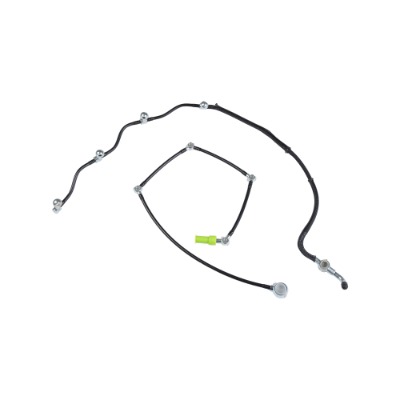

 English
English Español
Español русский
русский